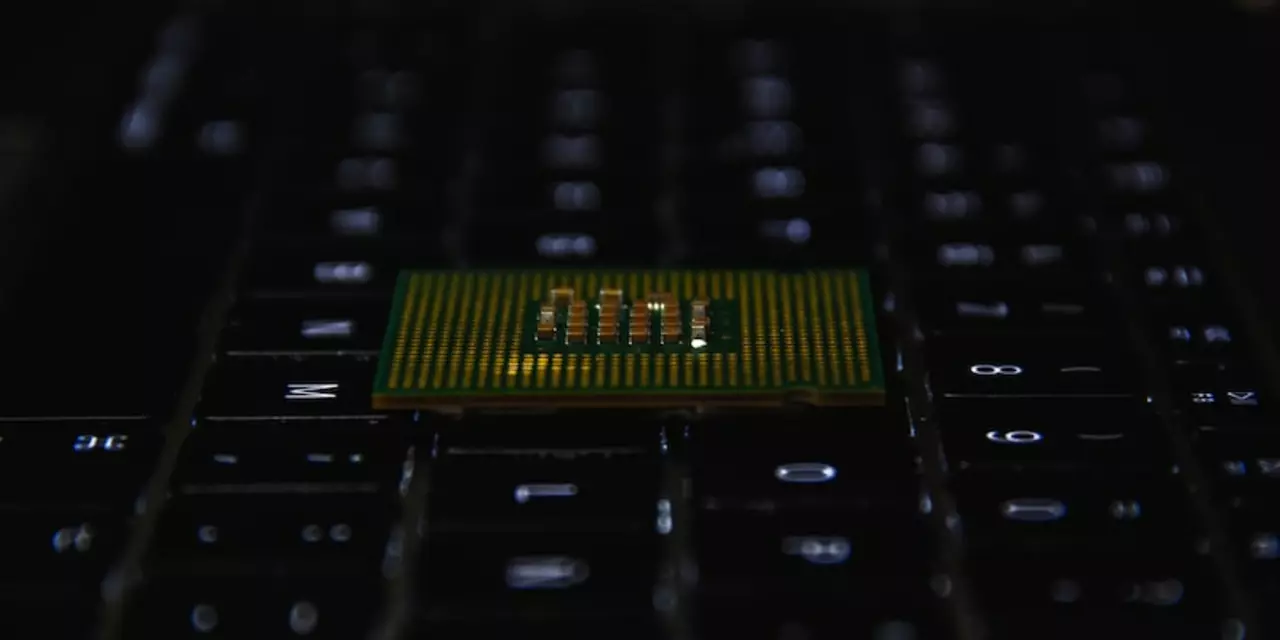Physics Made Simple: Tips, Tricks, and Quick Guides
If you ever felt lost when a physics term popped up, you’re not alone. The good news? Most concepts boil down to everyday ideas you already use. In this tag page you’ll find bite‑size explanations that turn the abstract into the practical. Grab a coffee, and let’s turn those "hard" topics into something you can explain in a minute.
Everyday Physics Hacks
Ever wonder why you slip on a wet floor? It’s just friction and the thin water layer reducing the grip between your shoes and the floor. The trick? Sprinkle a bit of talc on shoes when you know you’ll walk on a slick surface – it adds micro‑texture and brings friction back.
Need to charge your phone faster? Heat the battery just a bit (like holding it in your hand) before plugging it in. Warmth lowers internal resistance, letting more current flow. Don’t overheat it, though; a few seconds is enough.
When you hear about “dark matter” in the news, think of it as the universe’s invisible scaffolding. You can’t see it, but you can feel its pull when galaxies spin faster than the visible matter suggests. A simple way to visualize it: imagine a trampoline with a hidden weight pulling the surface down – the dip is there even if you can’t see the weight itself.
Dive Deeper: Quantum & Modern Concepts
Quantum computing sounds like sci‑fi, but the core idea is simple: instead of bits being only 0 or 1, quantum bits (qubits) can be both at the same time. This superposition lets a quantum computer try many solutions simultaneously. A practical analogy is flipping a coin and keeping it in the air – while it’s airborne, it’s both heads and tails until you catch it.
Entanglement is another mind‑bender. Two particles become linked, so changing one instantly changes the other, no matter the distance. Think of a pair of twins who always finish each other’s sentences – one says “good”, the other instantly says “morning”. That instant connection is what makes quantum cryptography ultra‑secure: eavesdropping would break the link and reveal the intrusion.
If you want to experiment with quantum ideas at home, try a simple double‑slit experiment simulation online. Watching light create an interference pattern will give you a visual feel for wave‑particle duality without any lab equipment.
Finally, remember that physics isn’t just for labs. It’s behind every app, every car, even the way your favorite video loads. Knowing a few core principles lets you troubleshoot smarter, save money, and impress friends with clear explanations.
Keep coming back to this tag page for fresh tips, whether you’re curious about black holes, want to improve your Wi‑Fi signal, or need a quick hack for a school project. Physics is everywhere – and now it’s a lot less intimidating.
Why is it difficult to understand quantum computing?
Quantum computing is a revolutionary new form of computing that is based on the principles of quantum mechanics. The fundamental difference between classical computing and quantum computing is that classical computing is based on bits which are either 0 or 1 whereas quantum computing is based on quantum bits, or qubits, which can be in multiple states simultaneously. This makes quantum computing incredibly powerful and efficient, but also incredibly difficult to understand and implement. This is due to the fact that quantum computing relies on complex mathematical equations and algorithms to work, and it requires a deep understanding of quantum mechanics and physics. Additionally, developing a quantum computer requires specialised hardware that is expensive and difficult to build. This makes quantum computing a difficult and complex field of research, but also a highly rewarding one.
